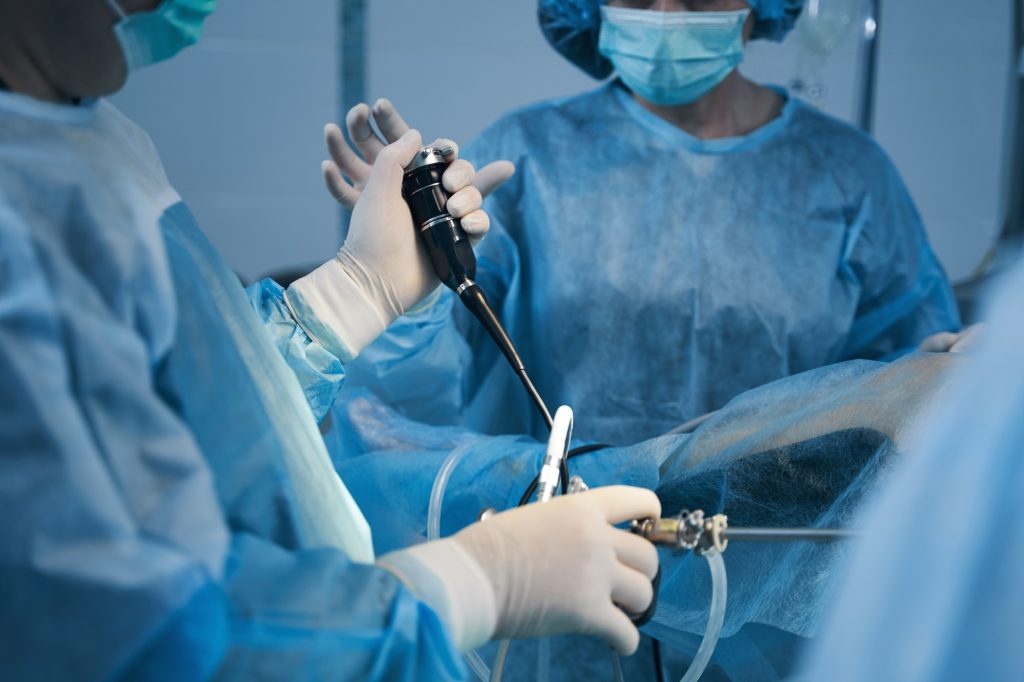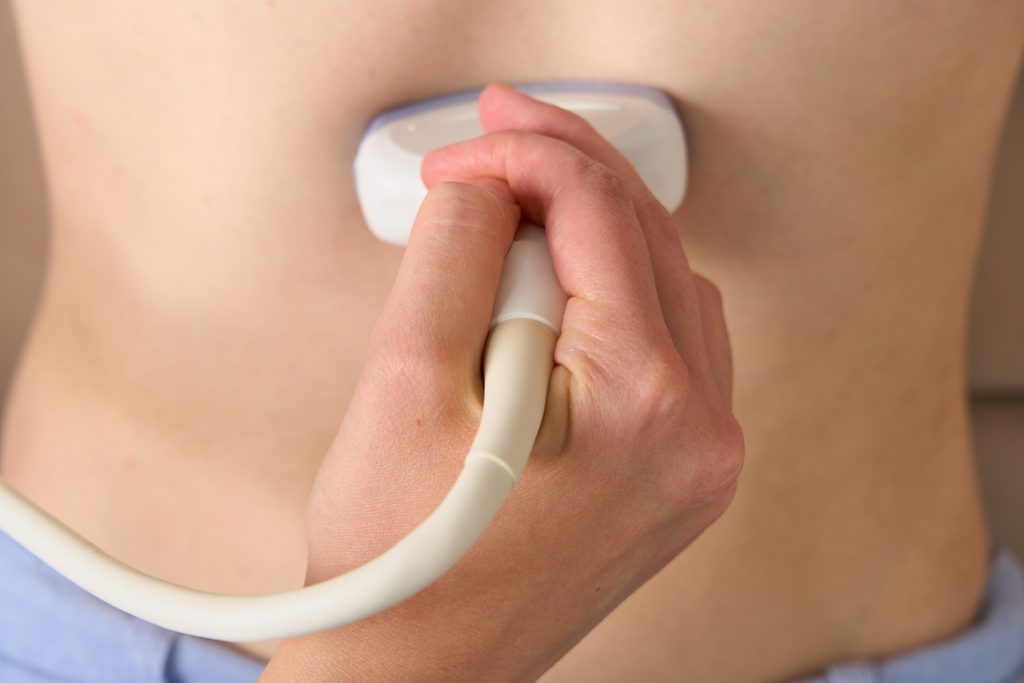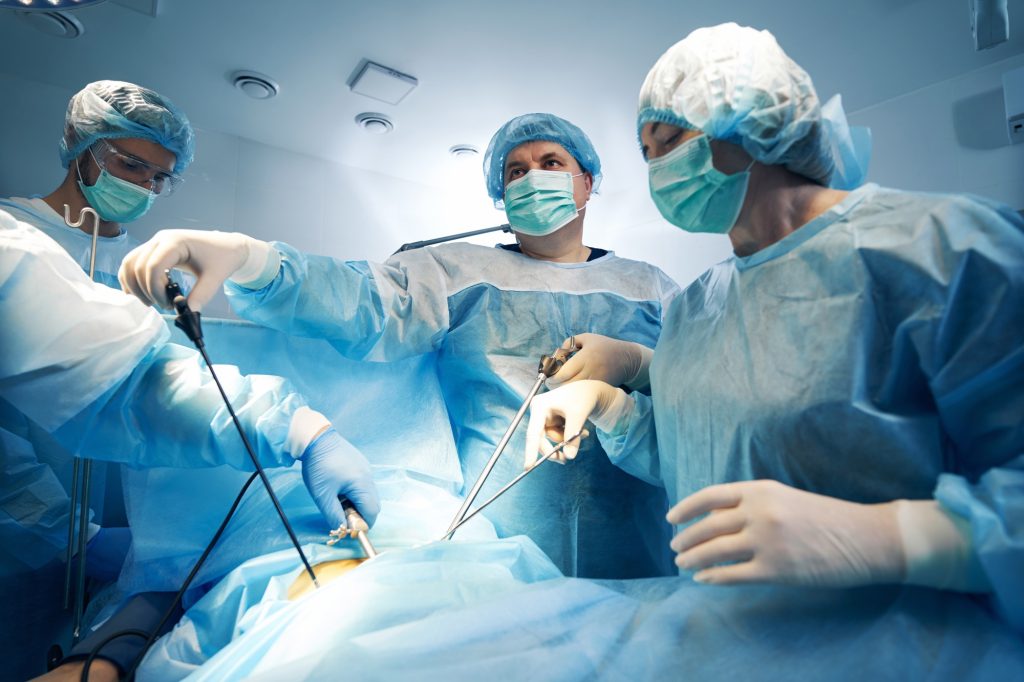Symptoms of Gallbladder Polyps
In most cases, gallbladder polyps do not cause symptoms and are detected incidentally during an abdominal ultrasound. However, if they grow too large or cause problems, the following may appear:
- Pain in the upper right part of the abdomen, which may radiate to the back or right shoulder.
- Nausea and vomiting, especially after eating fatty or heavy meals.
- Indigestion, heaviness, and discomfort after meals.
- Jaundice (yellowish discoloration of the skin in advanced cases, when bile flow is blocked).
- Abnormal liver tests, which may indicate biliary dysfunction.
Diagnosis of Gallbladder Polyps
To determine if a gallbladder polyp requires treatment, at Centro Pad we use advanced technology:
- Abdominal ultrasound: The first test to detect polyps and measure their size.
- Magnetic resonance cholangiopancreatography (MRCP): Allows detailed visualization of the biliary system and possible obstructions.
- Endoscopic ultrasound: Provides a high-resolution image.
- Blood tests: To rule out inflammation, infections, or liver abnormalities.

Treatments for Gallbladder Polyps in Moncloa-Aravaca
The treatment depends on the size and progression of the polyp:
Robotic Surgery with the Da Vinci System
When gallbladder removal (cholecystectomy) is recommended, Da Vinci robotic surgery is the most advanced and safest option. This procedure combines all the advantages of laparoscopic surgery, such as minimal invasion, less pain, and quick recovery, adding further benefits thanks to the precision and technology of the Da Vinci system.
Its main benefits include:
- High surgical precision and lower risk of complications.
- Small incisions, less pain, and minimal scarring.
- Reduced risk of infection and bleeding.
- Fast recovery and return to daily life in just a few days.
- Shorter hospital stay.
Da Vinci robotic surgery represents an evolution of laparoscopy, providing greater precision and safety in procedures such as cholecystectomy.
Laparoscopic Surgery
An effective and safe alternative to remove the gallbladder through small incisions, with:
- Less postoperative pain and reduced use of painkillers.
- Hospital discharge in less than 24 hours.
- Return to routine activities in a few days.
- Faster functional recovery of the digestive system.
Follow-up and Monitoring
If the polyp measures less than 10 mm and shows no signs of malignancy, periodic ultrasound monitoring is performed to watch its progression and intervene if suspicious changes occur.
When is Surgery Necessary?
Surgery is recommended if:
- The polyp is larger than 10 mm.
- There is rapid growth between check-ups.
- It is accompanied by bothersome symptoms or abdominal pain.
- There is a family history of gallbladder cancer.
- Suspicious signs are detected in imaging tests.



